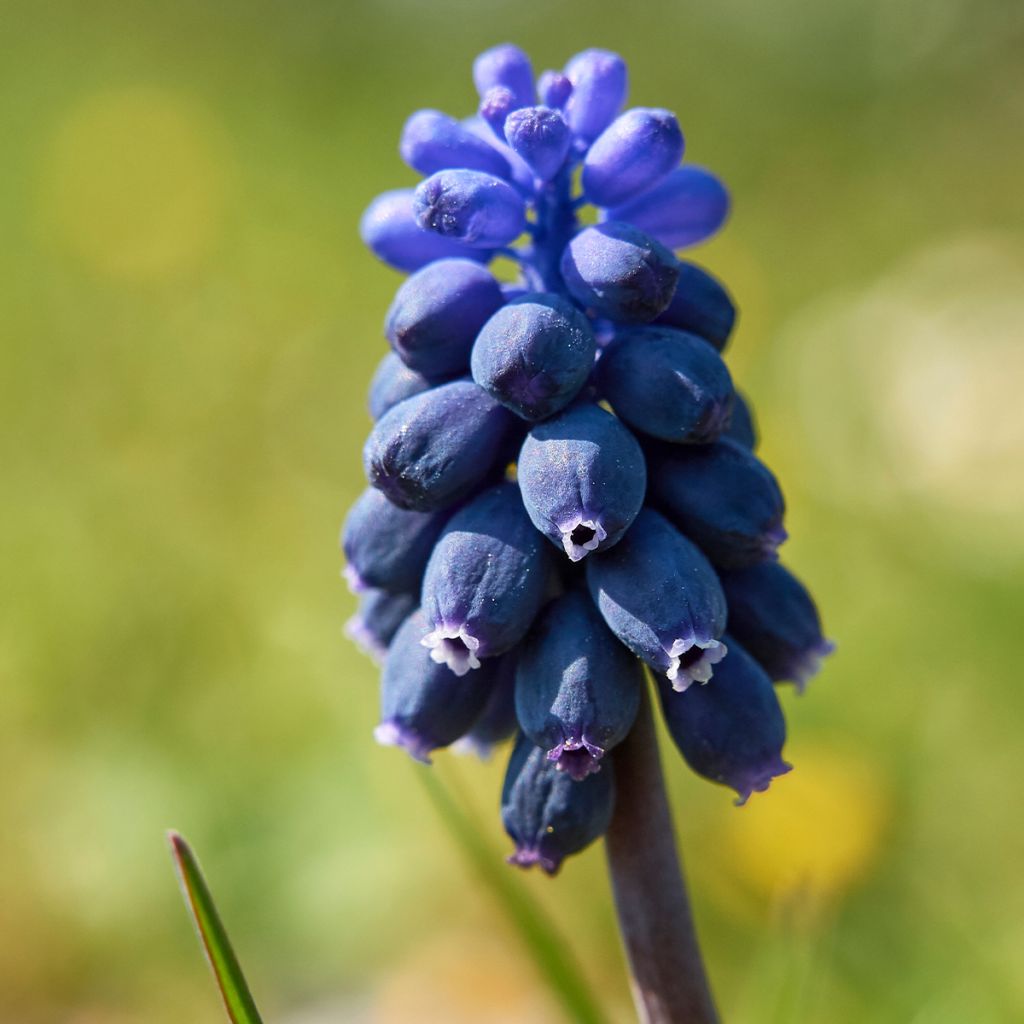

Muscari neglectum
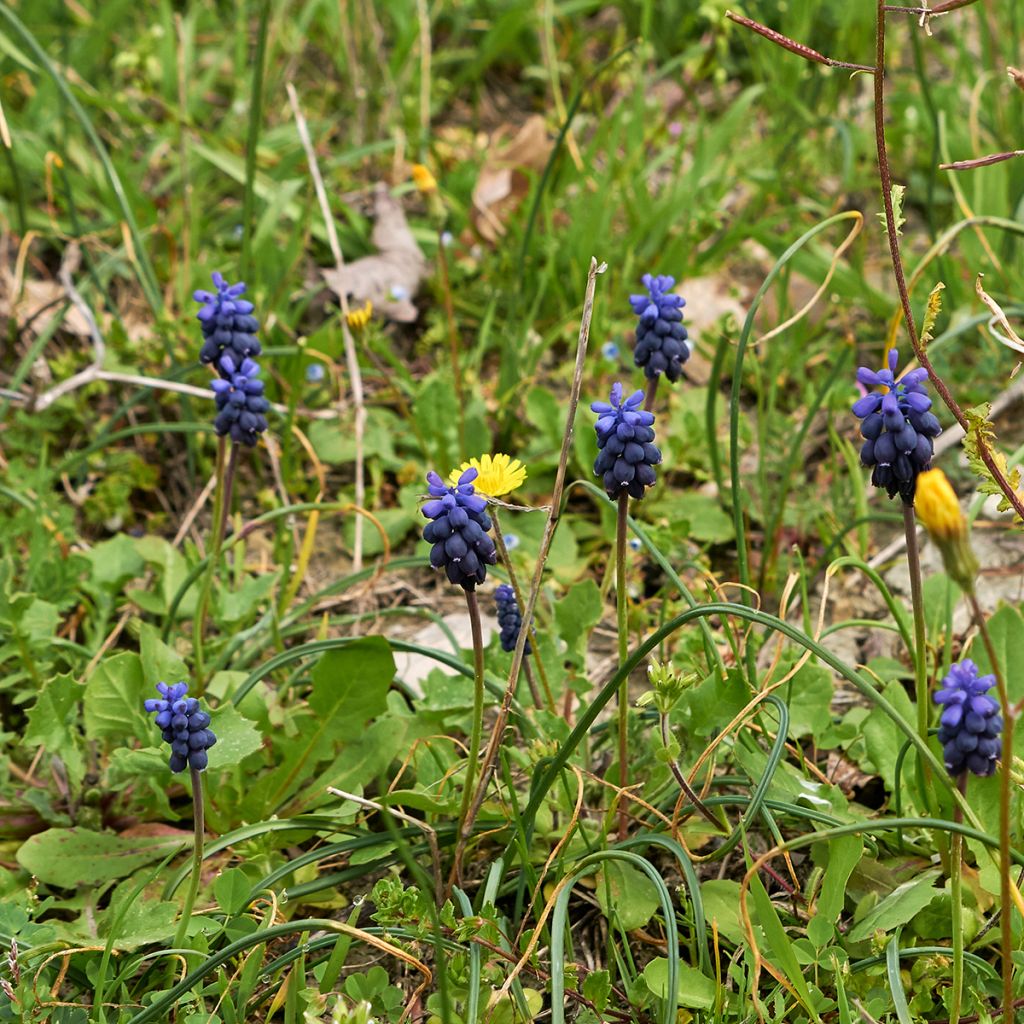

Muscari neglectum
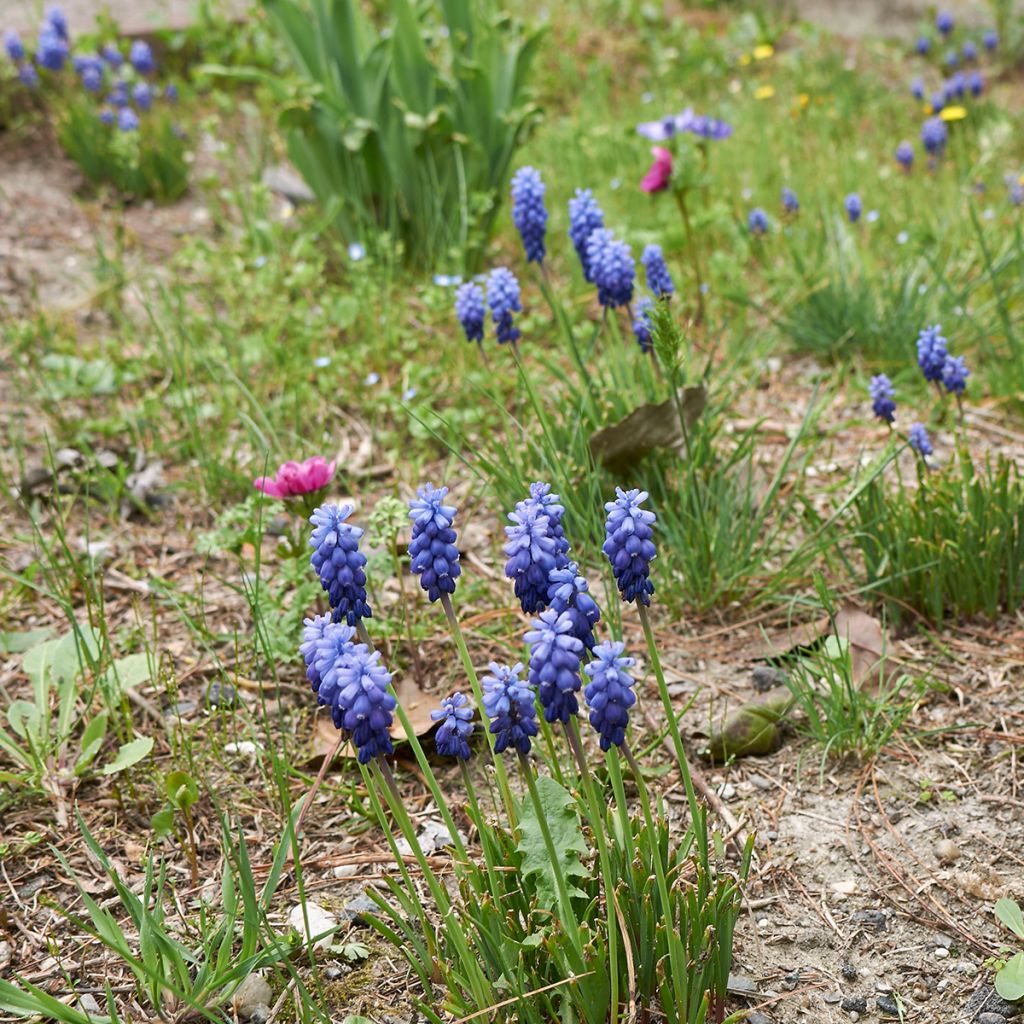

Muscari neglectum
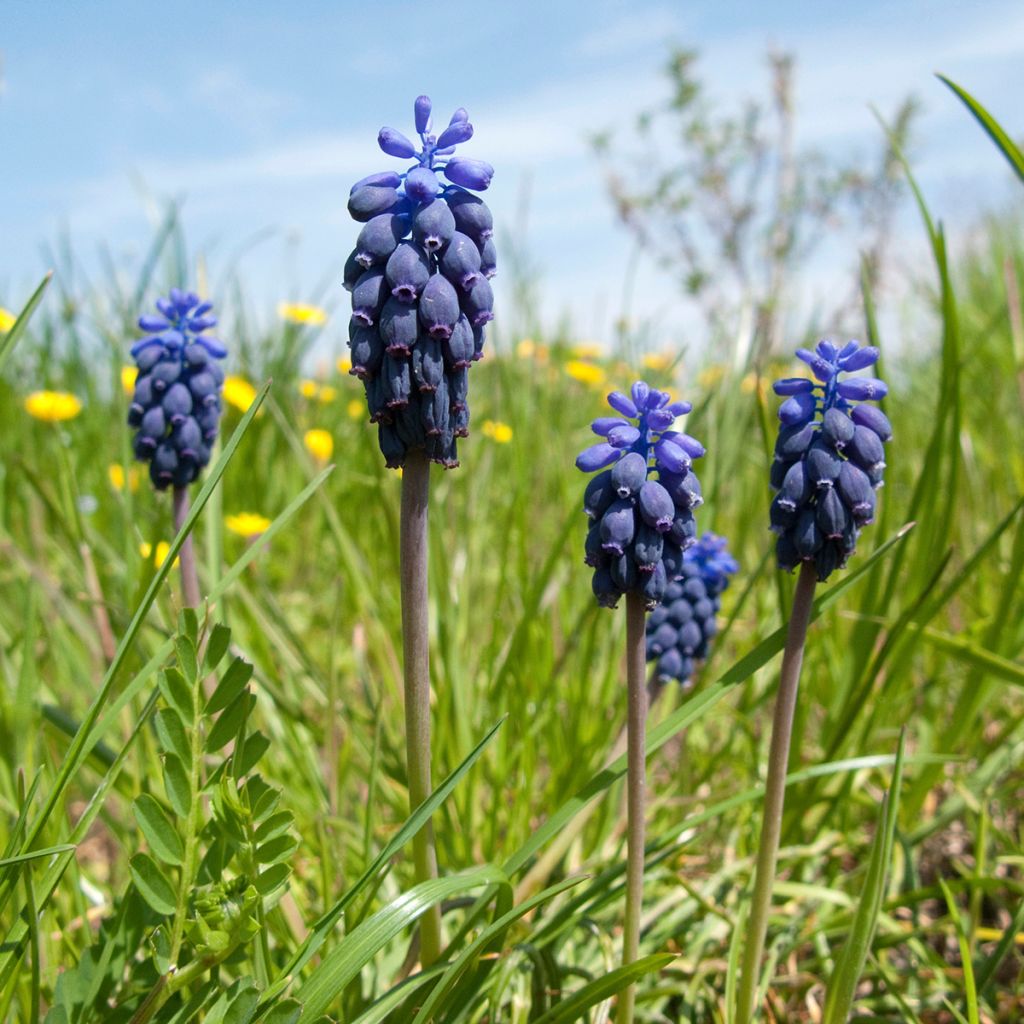

Muscari neglectum
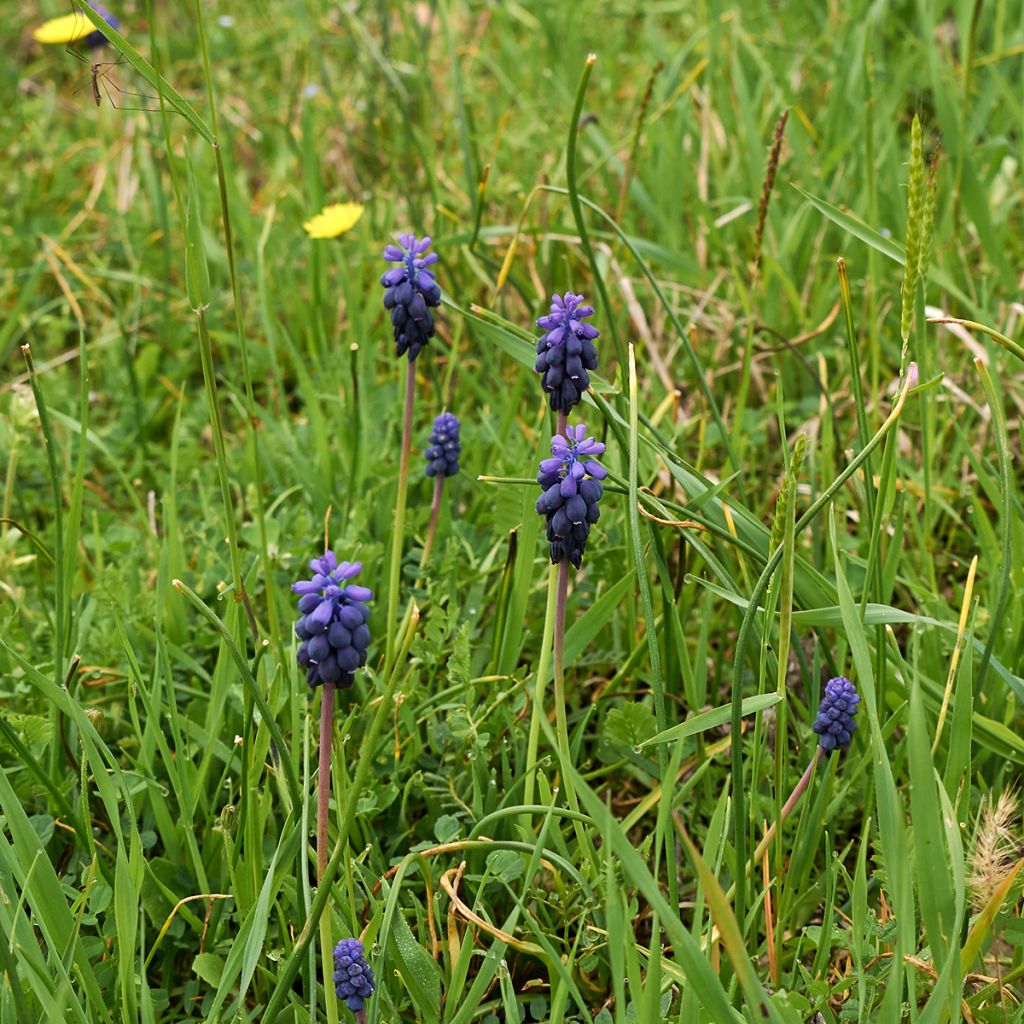

Muscari neglectum
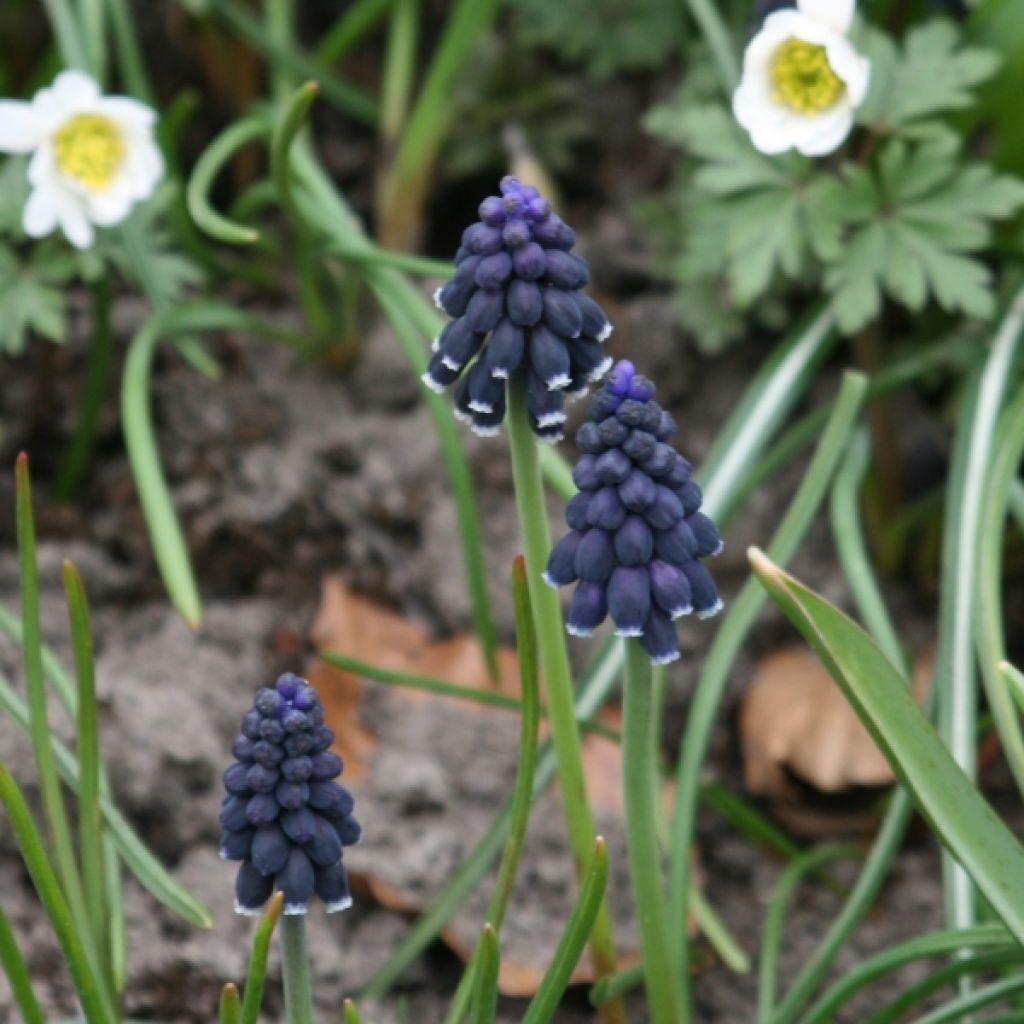

Muscari neglectum
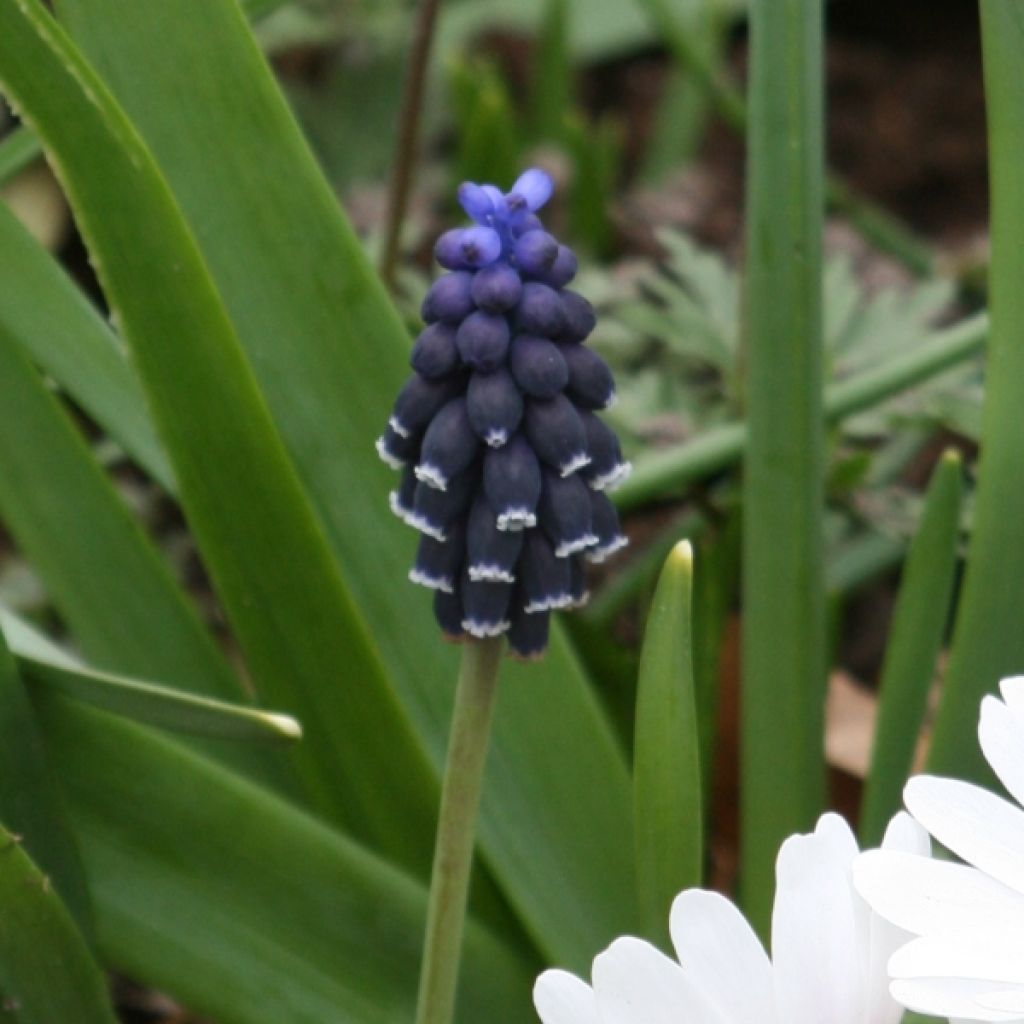

Muscari neglectum
Muscari neglectum
Muscari neglectum
Common Grape Hyacinth, Starch Grape Hyacinth
Perfect. Quality bulbs and still true to form this year.
Boris, 28/02/2024
Special offer!
Receive a €20 voucher for any order over €90 (excluding delivery costs, credit notes, and plastic-free options)!
1- Add your favorite plants to your cart.
2- Once you have reached €90, confirm your order (you can even choose the delivery date!).
3- As soon as your order is shipped, you will receive an email containing your voucher code, valid for 3 months (90 days).
Your voucher is unique and can only be used once, for any order with a minimum value of €20, excluding delivery costs.
Can be combined with other current offers, non-divisible and non-refundable.
This plant carries a 6 months recovery warranty
More information
We guarantee the quality of our plants for a full growing cycle, and will replace at our expense any plant that fails to recover under normal climatic and planting conditions.

Would this plant suit my garden?
Set up your Plantfit profile →
Description
The Muscari neglectum, also known as Grape Hyacinth or Muscari Neglectum, is a botanical species that flowers early, allowing us to enjoy it from the end of winter or the beginning of spring depending on the region. Its small clusters of tightly packed flowers, almost black at the base, medium blue at the top, often with a white edge, create a subtle two-tone effect in rockeries or lightly mown meadows where this little bulbous plant naturalises very easily, forming beautiful floral displays.
Muscari Neglectum, sometimes called Dog's Garlic, belongs to the Asparagaceae family, formerly the Hyacinthaceae family. It is native to central and western Europe (Caucasus), the Mediterranean region including North Africa, and the Middle East. In the wild, it can be found in fallow land, scrubland, dry or wet meadows, at altitudes of 1400 to 1700 metres (4593 to 5577 feet). It is a very cold-resistant plant (-20°C (-4°F)) and perfectly adapted to summer drought, thriving in well-drained soil.
Muscari neglectum is a small herbaceous perennial plant with a small ovoid bulb measuring 2 to 3 cm (1in) covered in a brown envelope. Its fine and narrow foliage, resembling that of grasses, emerges in a small upright tuft measuring 15 cm (6in) in height during winter, earlier or later depending on the region. Its semi-cylindrical, slightly trailing leaves are light green to acidic green in colour. Flowering sometimes begins as early as February, but generally in March-April in moderate climates. The powdery flowers, grouped in small oval and tightly packed clusters measuring 2 to 3 cm (1in) at the top of the stems, resemble those of the M.latifolium species. Each cluster is composed mostly of hanging sterile flowers at the bottom, topped by a crown of erect fertile flowers at the top of the spike. The sterile flowers are almost black, while the fertile flowers are medium blue. It is common for the small bell-shaped flowers, measuring 4 to 6 mm (<1in) in length, to have a fine white edge. This flowering releases a light, sweet, musky scent that somewhat resembles that of plums. It is followed by the formation of green fruits containing seeds that easily germinate in light soil. The foliage turns yellow before disappearing at the beginning of summer, during its dormant period.
Plant Muscari Neglectum in groups of about ten bulbs, as a floral carpet or along a pathway to achieve a good decorative effect, or naturalise them randomly in a lawn that you won't mow too early in the season or too short. It can be associated with early flowering wild crocuses, snowdrops, or sweet violets, or liverworts in partial shade.
Report an error about the product description
Muscari neglectum in pictures
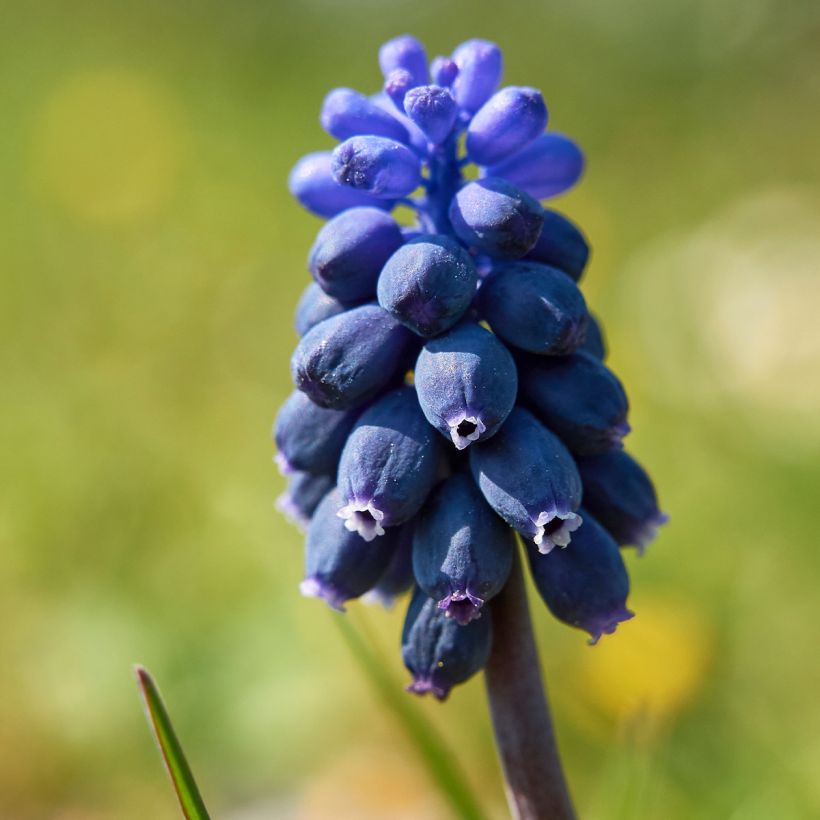

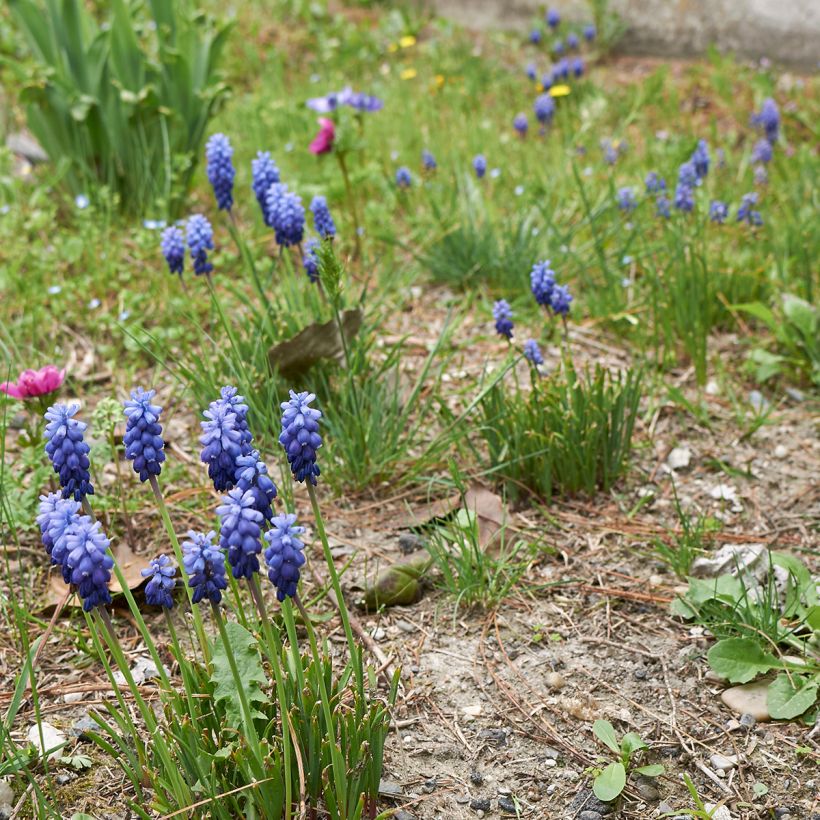

Plant habit
Flowering
Foliage
Botanical data
Muscari
neglectum
Asparagaceae
Common Grape Hyacinth, Starch Grape Hyacinth
Southern Europe, Mediterranean, West Asia
Planting and care
Plant your Muscari neglectum as soon as possible in a well-drained soil to avoid excess moisture in winter, as well as in summer. Loosen the soil deeply, lighten it with compost, sand or small gravel if necessary. Plant at a depth of 8 cm (3in) (Bulbs should be covered with about twice their height of soil). Space the bulbs 8 cm (3in) apart, or group them together in clusters (avoiding the bulbs touching each other). Muscari can tolerate partial shade, especially in our hot regions, but prefer a sunny exposure for better flowering. Once in place, the bulbs will flower for many years if the soil is well-drained. After 2 years, you can divide the clumps and replant the bulblets from the originally planted bulbs. This will extend the area covered and promote the vigour of the flowers.
Planting period
Intended location
Care
-
, onOrder confirmed
Reply from on Promesse de fleurs
Haven't found what you were looking for?
Hardiness is the lowest winter temperature a plant can endure without suffering serious damage or even dying. However, hardiness is affected by location (a sheltered area, such as a patio), protection (winter cover) and soil type (hardiness is improved by well-drained soil).

Photo Sharing Terms & Conditions
In order to encourage gardeners to interact and share their experiences, Promesse de fleurs offers various media enabling content to be uploaded onto its Site - in particular via the ‘Photo sharing’ module.
The User agrees to refrain from:
- Posting any content that is illegal, prejudicial, insulting, racist, inciteful to hatred, revisionist, contrary to public decency, that infringes on privacy or on the privacy rights of third parties, in particular the publicity rights of persons and goods, intellectual property rights, or the right to privacy.
- Submitting content on behalf of a third party;
- Impersonate the identity of a third party and/or publish any personal information about a third party;
In general, the User undertakes to refrain from any unethical behaviour.
All Content (in particular text, comments, files, images, photos, videos, creative works, etc.), which may be subject to property or intellectual property rights, image or other private rights, shall remain the property of the User, subject to the limited rights granted by the terms of the licence granted by Promesse de fleurs as stated below. Users are at liberty to publish or not to publish such Content on the Site, notably via the ‘Photo Sharing’ facility, and accept that this Content shall be made public and freely accessible, notably on the Internet.
Users further acknowledge, undertake to have ,and guarantee that they hold all necessary rights and permissions to publish such material on the Site, in particular with regard to the legislation in force pertaining to any privacy, property, intellectual property, image, or contractual rights, or rights of any other nature. By publishing such Content on the Site, Users acknowledge accepting full liability as publishers of the Content within the meaning of the law, and grant Promesse de fleurs, free of charge, an inclusive, worldwide licence for the said Content for the entire duration of its publication, including all reproduction, representation, up/downloading, displaying, performing, transmission, and storage rights.
Users also grant permission for their name to be linked to the Content and accept that this link may not always be made available.
By engaging in posting material, Users consent to their Content becoming automatically accessible on the Internet, in particular on other sites and/or blogs and/or web pages of the Promesse de fleurs site, including in particular social pages and the Promesse de fleurs catalogue.
Users may secure the removal of entrusted content free of charge by issuing a simple request via our contact form.
The flowering period indicated on our website applies to countries and regions located in USDA zone 8 (France, the United Kingdom, Ireland, the Netherlands, etc.)
It will vary according to where you live:
- In zones 9 to 10 (Italy, Spain, Greece, etc.), flowering will occur about 2 to 4 weeks earlier.
- In zones 6 to 7 (Germany, Poland, Slovenia, and lower mountainous regions), flowering will be delayed by 2 to 3 weeks.
- In zone 5 (Central Europe, Scandinavia), blooming will be delayed by 3 to 5 weeks.
In temperate climates, pruning of spring-flowering shrubs (forsythia, spireas, etc.) should be done just after flowering.
Pruning of summer-flowering shrubs (Indian Lilac, Perovskia, etc.) can be done in winter or spring.
In cold regions as well as with frost-sensitive plants, avoid pruning too early when severe frosts may still occur.
The planting period indicated on our website applies to countries and regions located in USDA zone 8 (France, United Kingdom, Ireland, Netherlands).
It will vary according to where you live:
- In Mediterranean zones (Marseille, Madrid, Milan, etc.), autumn and winter are the best planting periods.
- In continental zones (Strasbourg, Munich, Vienna, etc.), delay planting by 2 to 3 weeks in spring and bring it forward by 2 to 4 weeks in autumn.
- In mountainous regions (the Alps, Pyrenees, Carpathians, etc.), it is best to plant in late spring (May-June) or late summer (August-September).
The harvesting period indicated on our website applies to countries and regions in USDA zone 8 (France, England, Ireland, the Netherlands).
In colder areas (Scandinavia, Poland, Austria...) fruit and vegetable harvests are likely to be delayed by 3-4 weeks.
In warmer areas (Italy, Spain, Greece, etc.), harvesting will probably take place earlier, depending on weather conditions.
The sowing periods indicated on our website apply to countries and regions within USDA Zone 8 (France, UK, Ireland, Netherlands).
In colder areas (Scandinavia, Poland, Austria...), delay any outdoor sowing by 3-4 weeks, or sow under glass.
In warmer climes (Italy, Spain, Greece, etc.), bring outdoor sowing forward by a few weeks.
































